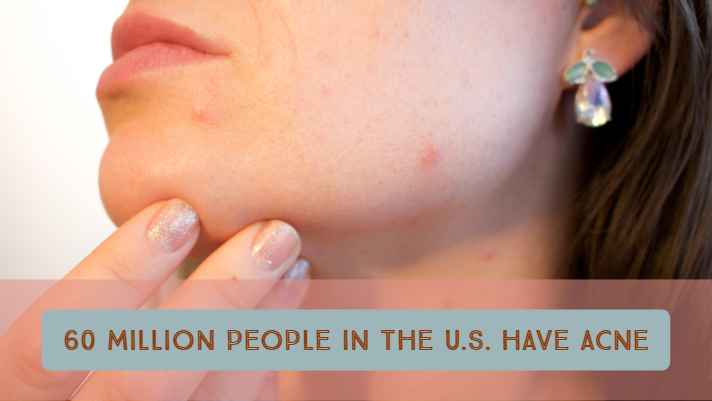
T-Zone Trouble and How to Fix It
Acne in the T-zone can be an unpleasant blast from your teenage past. Here’s how to keep this vulnerable area dry and acne-free.
Ever wonder why your pimples keep popping up in the same area? Your T-zone is the central part of your face, comprised mainly of the forehead, nose, and chin, and is often home to the skin’s peskiest problem spots. Even if the rest of your skin is flawless, the T-zone remains the perpetual teenager: constantly oily, and constantly breaking out.
Here’s why your acne congregates in the T-zone, and how to banish it once and for all.
Oil Galore
All acne is caused by an excess production of sebum, an oil that clogs pores when it comes into contact with dead skin cells and bacteria. When these oil-producing glands mix with microscopic particles, they form a plug over the pore — and you wake up with a bright red pimple. If your shiny forehead is any indication, the T-zone is a particularly oily (and sebum-rich) area of the face, making breakouts all the more likely.
As long as your T-zone continues to produce excess oil and comes in contact with dirt, you’ll experience breakouts. For best results, manage oily skin by washing your face twice a day with a non-alcoholic cleanser and exfoliating occasionally. If your skin tends to kick into oil overdrive throughout the day, be sure to keep oil blotting wipes at the ready.
The Combination Approach
Since many people with oily T-zones also have dry and flaky cheeks, effectively treating acne is more complicated than merely applying a salicylic acid face wash. People with combination skin have to pull off a delicate balancing act, managing their T-zone’s oiliness while simultaneously moisturizing the surrounding skin.
While your first impulse may be to cure your oily T-zone with a drying lotion, don’t rush to slather acne-drying cream all over your forehead. Your glands will kick into overdrive in response to the sudden dryness, ultimately making your skin greasier. Instead, use spot treatments to treat blemishes as they arise. For ongoing care, select a light, water-based moisturizer for the T-zone, and a thicker one for the cheeks.
Managing an oily forehead requires constant maintenance. But with vigilant upkeep (and a little bit of patience), you might just emerge from your T-zone nightmare totally pimple-free. If you’re still struggling with acne in your T-zone, talk to a dermatologist and find out which treatment option is best for you.









No Comments
Sorry, the comment form is closed at this time.